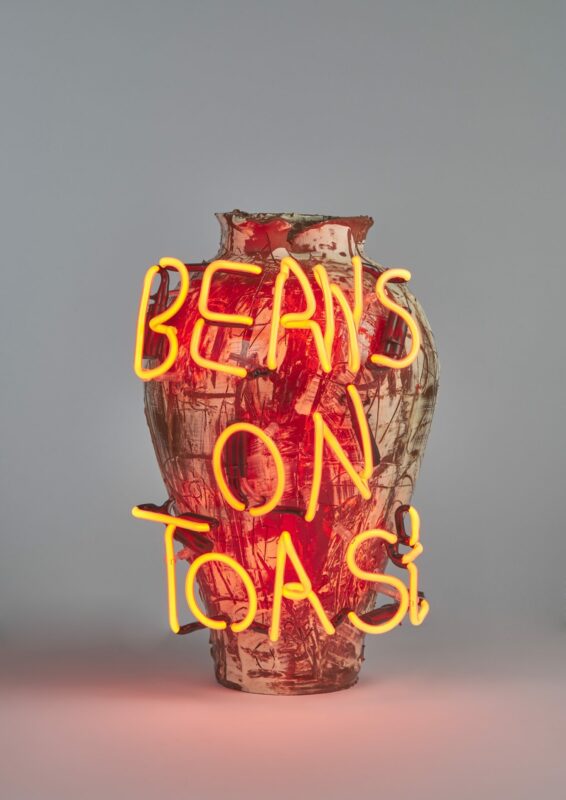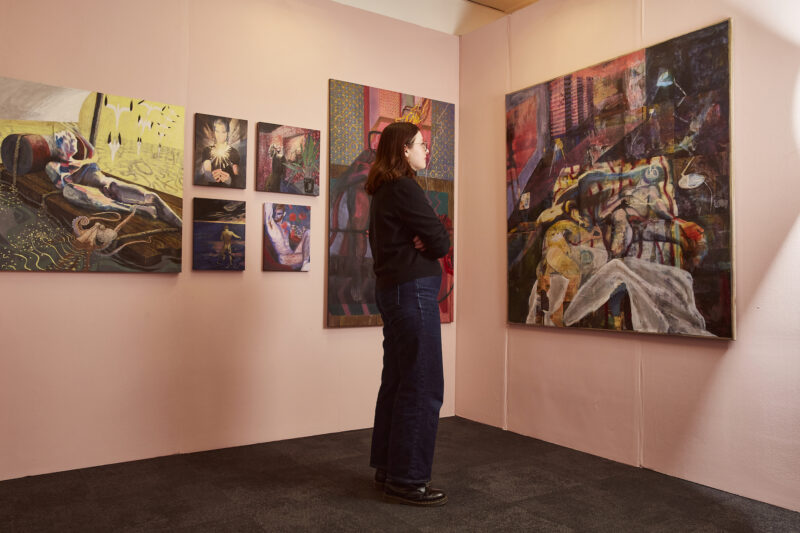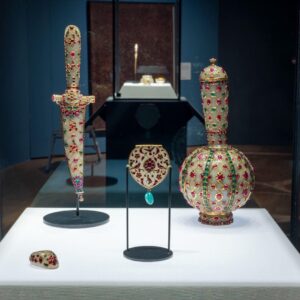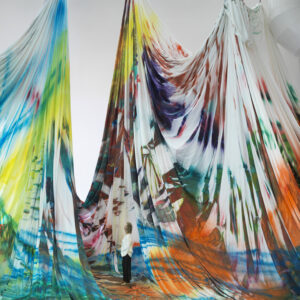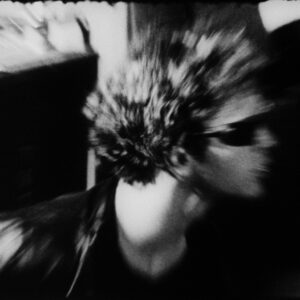This weekend you should head to the Business Design Centre for the London Art Fair (celebrating their 30th year) for great talks, performances and more – but don’t forget the artists below we pick six artists that show you breadth of art on show and also to take you round the whole fair – have FUN.
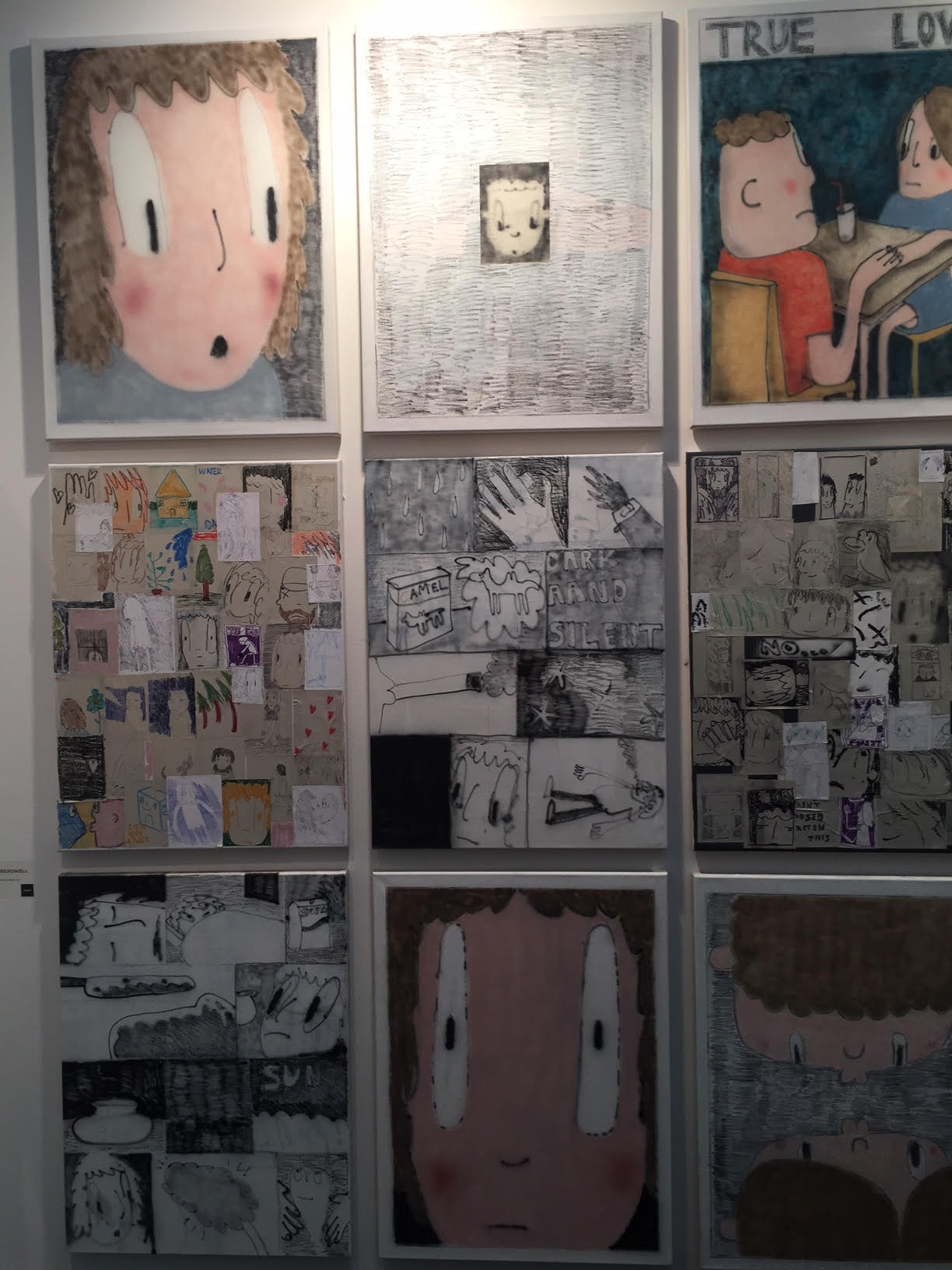
1 Markus Vater at Union Gallery 1 A
Markus Vater (born 1970 in Düsseldorf) is a German artist. He studied at the Kunstakademie Düsseldorf and the Royal College of Art, London. From 2012 to 2016 he had been teaching at the Royal College of Art in London. In 2014 he had a guestprofessorship at the Hochschule für bildende Künste Hamburg and as of 2016 at the de:Staatliche Akademie der Bildenden Künste Karlsruhe. Vater lives in London and Karlsruhe.
www.markusvater.com
2 Hassan Hajjaj at Vigo Gallery 36
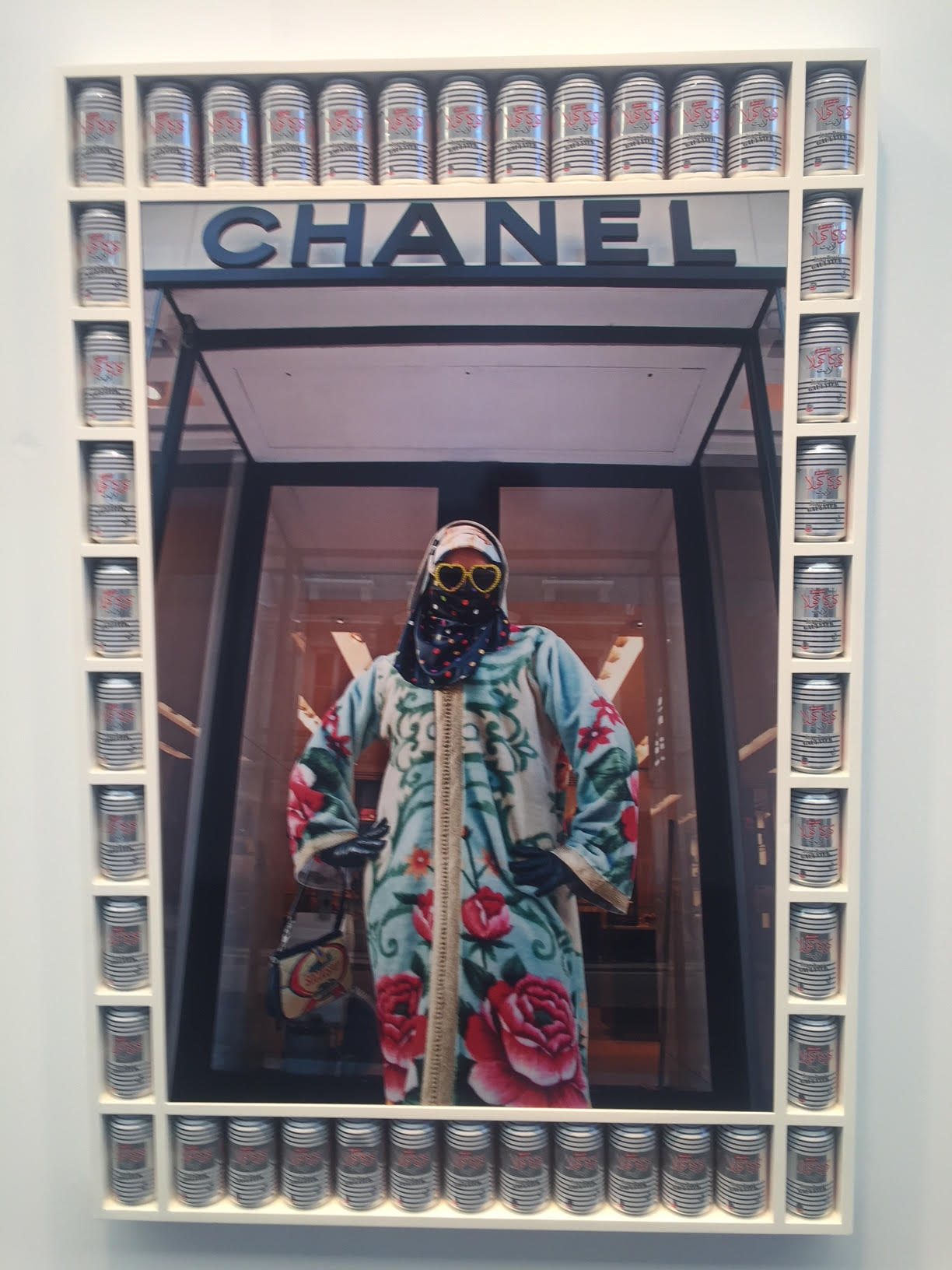
Hassan Hajjaj (born Larache, Morocco in 1961) is a contemporary artist who lives and works between London, UK and Marrakech, Morocco, and is known as the “Andy Warhol of Marrakech.”[1]
Hajjaj’s work is in the collections of the Brooklyn Museum, New York; the British Museum, London; the Nasher Museum of Art, Duke University, Durham, NC; the Newark Museum, New Jersey; Los Angeles County Museum of Art, Los Angeles; Los Angeles Museum of Contemporary Art, Los Angeles; the Victoria & Albert Museum, London; the Farjam Collection, Dubai; Institut des Cultures d’Islam, Paris; Kamel Lazaar Foundation, Tunisia; and Virginia Museum of Fine Art, Richmond, VA. Hajjaj was the winner of the 2011 Sovereign Middle East and African Art Prize and was shortlisted for Victoria & Albert Museum’s Jameel Prize in 2009.In 2013, Rose Issa Projects published a monograph of the artist exploring his upbringing in Morocco and London, his experiences in fashion and interior design, and his adventures in the music industry influence the vibrant colours, joyful spirit, and visual rhythm of his highly sought-after images. Hajjaj’s first feature-length film, Karima: A Day in the Life of a Henna Girl, premiered at the Los Angeles County Museum of Art in May 2015. The film takes viewers into the world of one Hajjaj’s most iconic series, Kesh Angels, depicting the henna girls of Marrakesh. Hassan Hajjaj: My Rock Stars was exhibited at the Memphis Brooks Museum in 2016. The film was shown at Art Basel in Basel, Switzerland in June 2015, curated by Cairo-based film curator and lecturer Maxa Zoller.
www.vigogallery.com
3 Alan Davie at Alan Wheatley 32

Davie was born in Grangemouth in 1920[1] and studied at Edinburgh College of Art in the late 1930s.[2] An early exhibition of his work came through the Society of Scottish Artists.
After the Second World War, Davie played tenor saxophone in the Tommy Sampson Orchestra, which was based in Edinburgh but broadcast and toured in Europe.[3] Davie travelled widely and in Venice became influenced by other painters of the period, such as Paul Klee, Jackson Pollock and Joan Miró, as well as by a wide range of cultural symbols.[1] In particular, his painting style owes much to his affinity with Zen. Having read Eugen Herrigel’s book Zen in the Art of Archery (1953) he assimilated the spontaneity which Zen emphasises. Declaring that the spiritual path is incompatible with planning ahead, he has attempted to paint as automatically as possible, which is intended to bring forth elements of his unconscious.In this, he shares a vision with surrealist painters such as Miró, and he has also been fascinated by the work of psychoanalyst Carl Jung.
Like Pollock, many of Davie’s works have been executed by standing above the painting, which is laid on the ground. He added layers of paint until sometimes the original painting has been covered over many times. Despite the speed at which he worked (he usually had several paintings on the go at once), however, he was adamant that his images are not pure abstraction, but all have significance as symbols. Championing the primitive, he saw the role of the artist as akin to that of the shaman, and remarked upon how disparate cultures have adopted common symbols in their visual languages. In addition to painting, whether on canvas or paper (he has stated that he prefers to work on paper), Davie has produced several screenprints. He found a public for his work on the continent and in America some time before the British art public could reconcile itself to his mixture of ancient and newly invented of symbols and his explosive brushwork. His paintings appear at once apocalyptic and triumphant. In his lectures Davie stressed the importance of improvisation as his chosen method. His stance was that of an inspired soothsayer resisting the inroads of rational civilization. Musically, Davie also played piano, cello and bass clarinet. In the early 1970s his interest in free improvisation led into a close association with the percussionist Tony Oxley.His paintings have also inspired music by others, notably the bassist and composer Barry Guy. Davie designed the jacket for R.W. Feachem’s book Prehistoric Scotland, published by Batsford in 1963. The design was based upon motifs found on Pictish symbol stones. He died aged 93 in Hertfordshire, England on 5 April 2014.
4 Adam Hennessy at New Art Projects P4
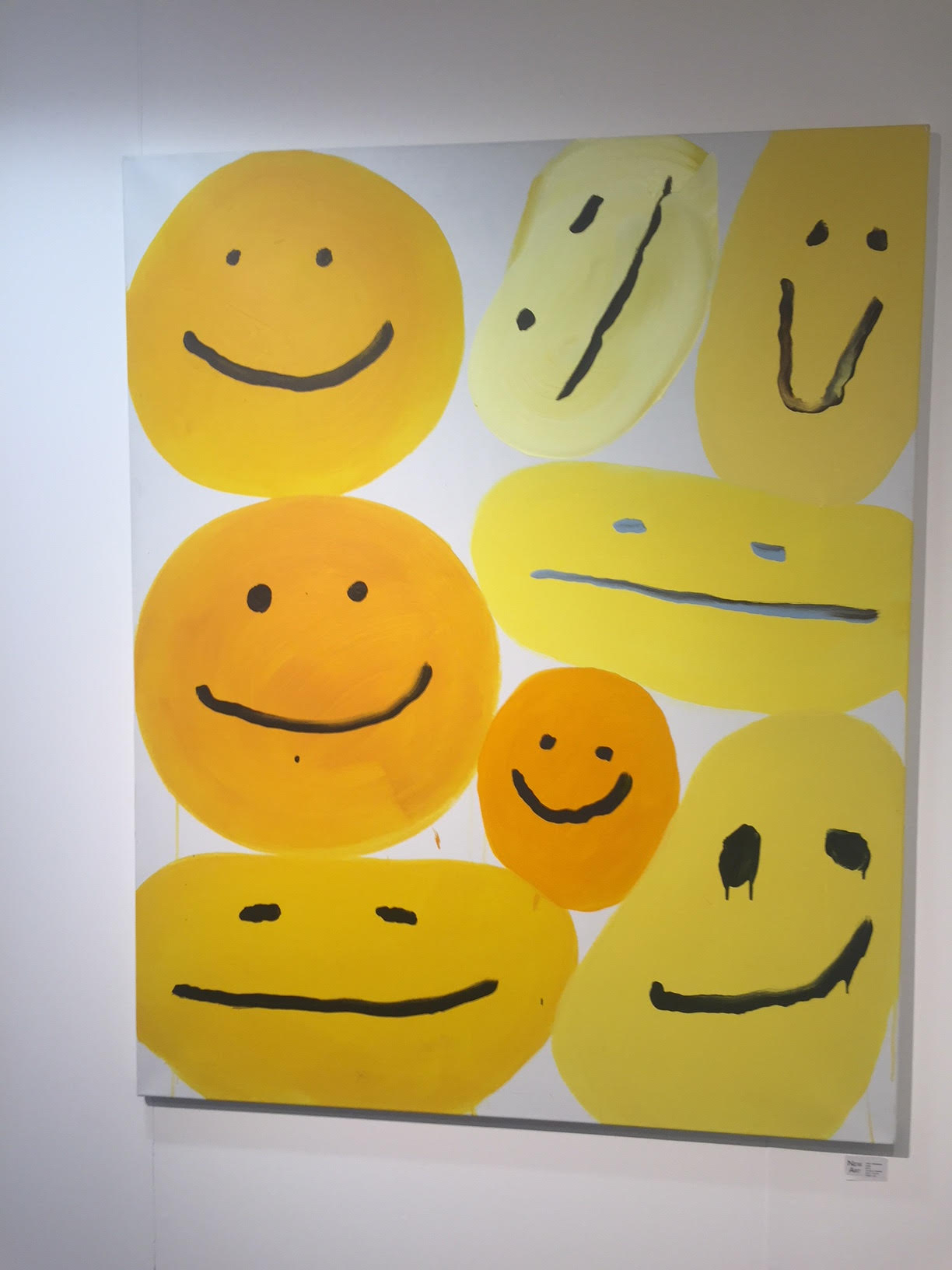
Young painter Adam Hennessey describes his work as ‘squishing large things into small spaces’. That’s true of many of the wittily ebullient acrylics on show here – several smiley faces jostle to be sunniest, and birds struggle to fit in their framing. But there’s no squishing required to get these 25 canvases into Fred Mann’s expansive new space. Indeed, there’s enough capacity to hold a room back for small works on paper to be painted ready for a closing event on 4 March. Hennessey has a particular affinity with fingers and sheep: the former appear directly several times , though the ‘Finger Alphabet’ merely points to an anagram caused by alphabetical order; a characterfully distinguished herd of the latter seem to have been shot – if only, perhaps, with paint, before they can enjoy the lushest grass you ever didn’t really see, it was just a picture in Sheep Lane. Paul Carey Kent
5 Ardan Ozmenoglu at Nitra Gallery P8
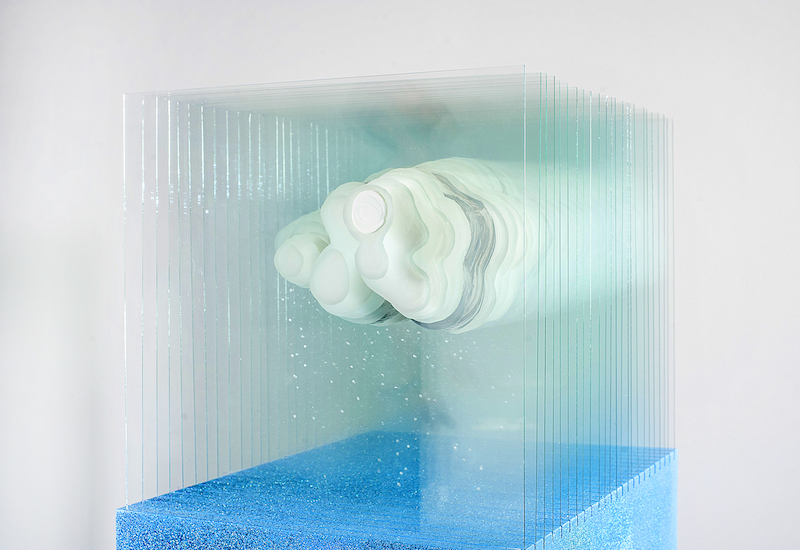
Ardan Ozmenoglu is a Turkish artist who works using a wide range of mediums including large-scale glass sculptures, works on Post-It notes, photography and neon lighting. Since 2006, she has had her work shown in over forty exhibitions, both solo and group exhibitions. Many exhibitions have been located abroad in Istanbul, Berlin and Croatia, although most of her exhibitions have been featured in the United States.
Born in Turkey in 1979, Ardan Özmenoglu attended Bilkent University in Ankara where she received her BFA in Urban Design and Landscape Architecture and her MFA in Graphic Design.?She wrote a thesis on Site Specific Screenprinting. She completed residencies in California, Berlin, Belgium and Vienna. While receiving her MFA, Özmenoglu studied with Professor Alexander Djikia, a prominent Russian artist. She started to enhance her appreciation and interest of 3-Dimensionality in art from her studies of architecture. This brought up her experimentation with Post-It notes and glass sculpture in 2005, two mediums she has now mastered and works with regularly. ?Özmenoglu’s work is highly original in medium, design and content. Although there is a tradition of Post-It note art, her body of work distinctly stands out. Her playful work, ripe with sociopolitical commentary, challenges the viewer to reconsider familiar images, products and ideas. She cleverly uses ubiquitous items, such as glass and Post-It notes, to create pieces of art that unite seemingly opposing ideas: the past and the present, art history and contemporary art trends, creativity and consumerism, repetition and individuality, the whole and the fragmented. She unites the centuries old practice of printing with modern colors, glitters, paper and images. Her brightly colored, bold art forces the viewer to consider everyday objects and ideas in a different light. The result is anything but predictable. Ardan ?Özmenoglu recently relocated from Istanbul to Brooklyn, New York City to work on pieces for Nil Gallery. She greatly enjoys the city and devotes hours a day to her work- she declares, “art is my husband.” Ardan Özmenoglu supports this comparison with stories of fights, discussions, good times, rough times and long nights- all with her art. She fell in love with art as a child and she remains deeply passionate about her work. Her highly original and creatively unprecedented works are proof of her ongoing dedication.
6 Anonymous Security Checked
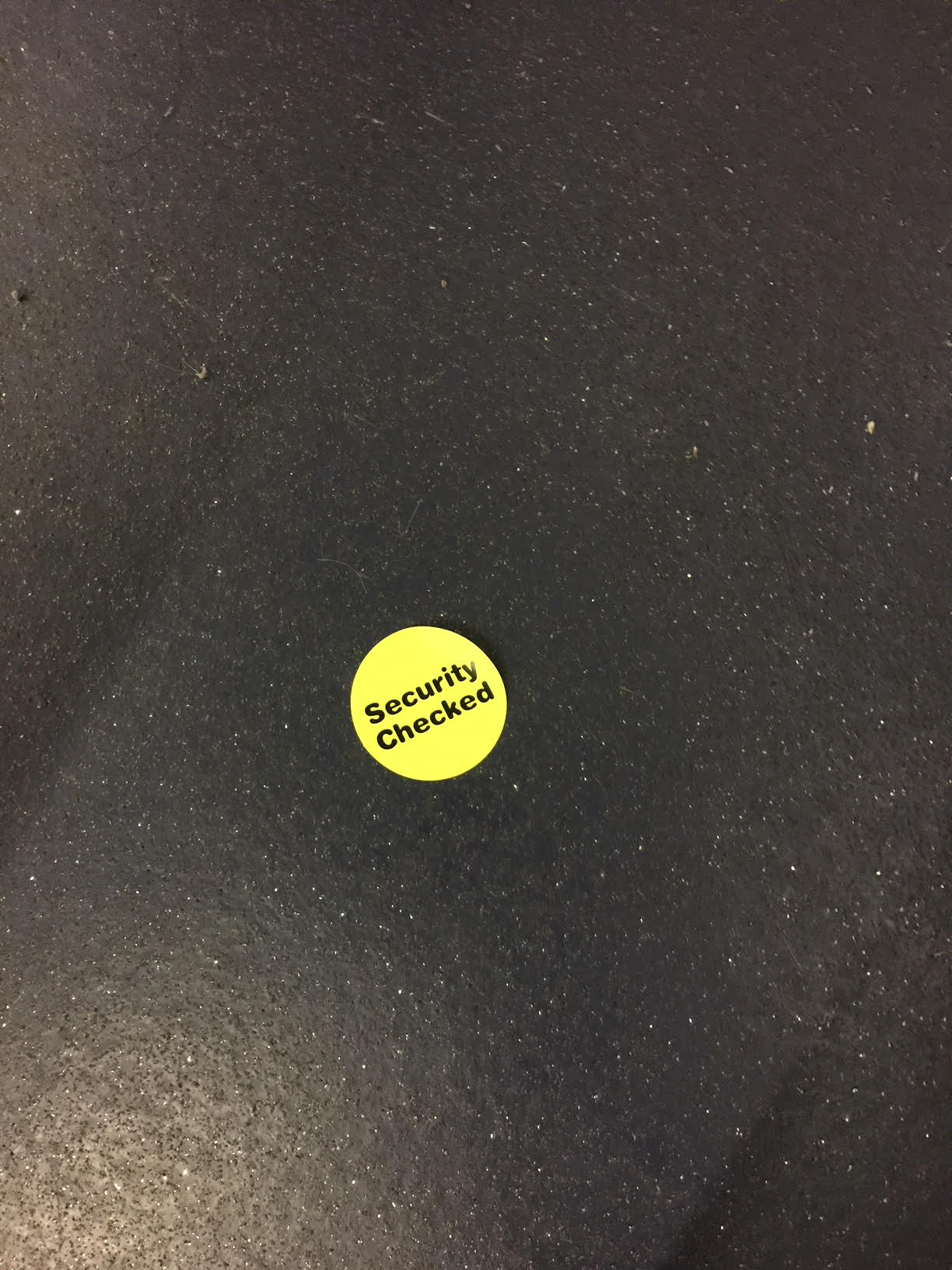
No idea who the artist behind this is but the work is everywhere at London Art fair its a moving fluid installation see how many you can spot on the floor on the wall and on lots of bags one of the highlights of #LAF18.
LONDON ART FAIR at The Business Design Centre until Sunday 21st January www.londonartfair.co.uk

